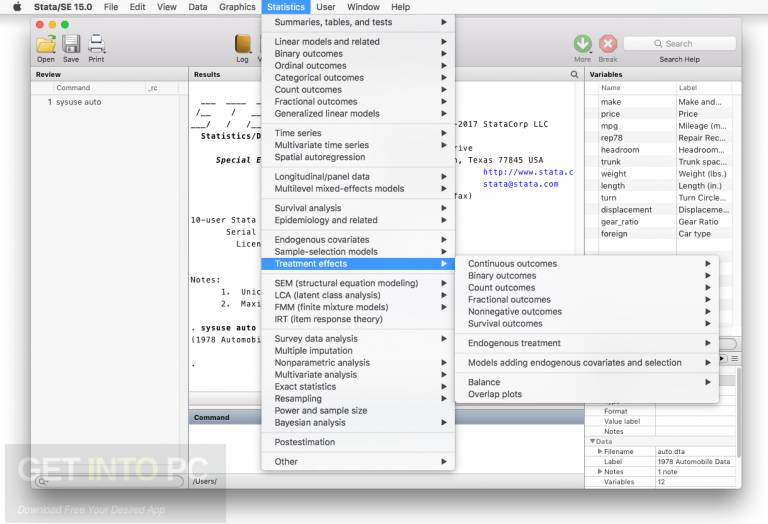

Has additional information about upgrading, including: Make sure to read the whole page as it contains information related to every upgrade method. GitLab version is, if you’re upgrading to a major version, and so on. Upgrading GitLab is a relatively straightforward process, but the complexityĬan increase based on the installation method you have used, how old your Geo: LFS transfers redirect to primary from secondary site mid-session in GitLab 15.1.0 to 15.3.2.Geo: Incorrect object storage LFS file deletion on secondary sites in GitLab 15.0.0 to 15.3.2.LFS objects import and mirror issue in GitLab 14.6.0 to 14.7.2.

Maintenance mode issue in GitLab 13.9 to 14.4.Version-specific upgrading instructions.What do you do for the error Elasticsearch version not compatible.


Background migrations stuck in ‘pending’ state.Background migrations remain in the Sidekiq queue.What do you do if your background migrations are stuck?.Check the status of batched background migrations.Checking for background migrations before upgrading.My emails of the time and Statalist posts of the time have long since disappeared into oblivion, but I hope no one minds not getting more detail. even briefly, it was there as a precedent. In any case, once levels had been used as a command name. No hard feelings on that score! I think the idea was that levels might be needed later in association with factor variables, for when that was introduced. Then levelsof was added to Stata 9 as an official command.įor what it is worth, levelsof was thus never a user-written (community-contributed) command levels did start as vallist (first published formally in 2001 via )įWIW, I suspect that the name levels was my suggestion but StataCorp unilaterally decided that it was too good a name to give away, which is why levelsof was introduced as similar stuff under a different name. Levels was added to Stata 8 as an official command in an update. Klein and Joro Kolev are essentially right.


 0 kommentar(er)
0 kommentar(er)
